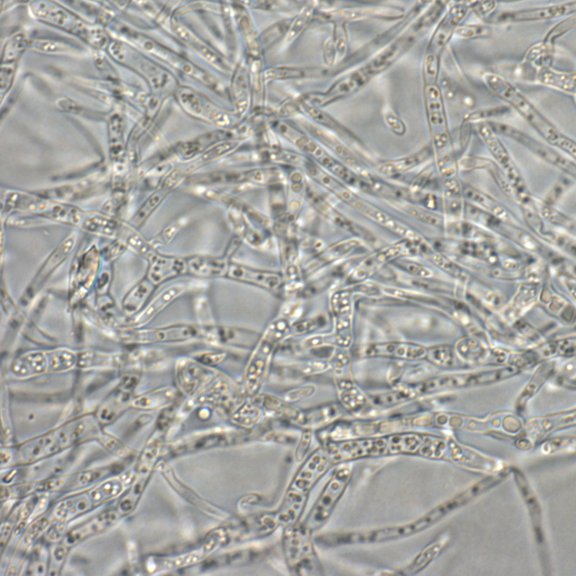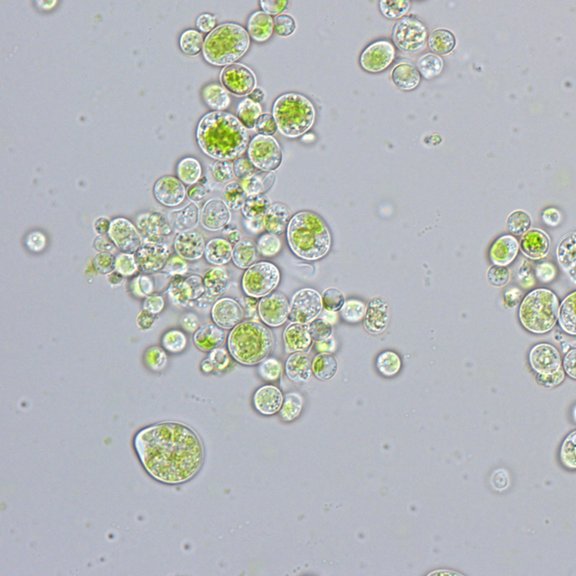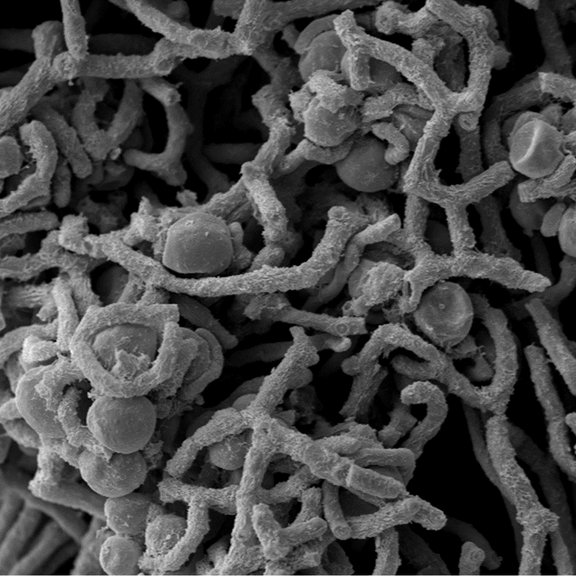Project
The Lichen Symbiosis: Metabolites involved in Lichenization
Project leader: Ilse Kranner
Project members: Erwann Arc, Andreas Holzinger, Gregor Pichler (UIBK), Claudio Gennaro Ametrano, Fabio Candotto Carniel, Lucia Muggia, Alberto Pallavicini, Mauro Tretiach (University of Trieste)
Funding:
Duration: 2019-2022
Lichens are an intricate symbiosis between a fungus, termed "mycobiont", and one or more species of green microalgae and/or cyanobacteria, termed "photobiont", also hosting an indeterminate number of microorganisms in their microbiome. The very few lichen fossils found so far suggest that lichens were among the first organisms that colonized land about 600 million years ago. Still today, lichens are among the pioneers colonizing extreme environments such as deserts, and Arctic and alpine habitats, providing the ground for successors from the plant, fungal and animal kingdoms. Interestingly, lichens produce a wide range of pharmaceutically active compounds, some of which have antibiotic and antiviral properties.
This project is dedicated to unravelling how fungi and algae communicate with each other to form a lichen, and live together to the benefit of both. As yet, it is not understood which stimuli drive the transition of the main partners in this symbiosis from a free-living to a symbiotic state, termed "lichenization". Together with collaborators from the University of Trieste, we strive to make a step change in our understanding of the role of metabolites that are extracellularly released by photobionts and mycobionts, and implicated in the early stages of lichenization.

Light-microscopic image of the isolated mycobiont of the lichen, Cladonia grayi (which gives its name to the lichen)

Light-microscopic image of the isolated photobiont Asterochloris glomerata, of the lichen Cladonia grayi

SEM image of the two symbionts in the lichen Cladonia grayi. Scale bar: 10 mM.
Outcomes
- Kranner I, Pichler G, Grube M. 2022. The lichen market place. New Phytologist 234: 1541-1543. https://doi.org/10.1111/nph.18130
- Aigner S, Arc E, Schletter M, Karsten U, Holzinger A, Kranner I 2022. Metabolite profiling in microalgae with varying degrees in desiccation tolerance. Microorganisms 10: 946. https://www.mdpi.com/2076-2607/10/5/946
- Candotto Carniel, F., Fernandez-Marín, B., Arc, E., Craighero, T., Laza, J. M., Incerti, G., Tretiach, M., Kranner, I. (2021) How dry is dry? Molecular mobility in relation to thallus water content in a lichen, J. Exp. Bot. 72:1576-1588. https://doi.org/10.1093/jxb/eraa521
- Pichler, G., Candotto Carniel, F., Muggia, L., Holzinger, A., Tretiach, M., Kranner, I. (2021) Enhanced culturing techniques for the mycobiont isolated from the lichen Xanthoria parietina. Mycol. Progress 20:797-808. https://doi.org/10.1007/s11557-021-01707-7
- Aigner, S., Glaser, K., Arc, E., Holzinger, A., Schletter, M., Karsten, U., Kranner, I. (2020) Adaptation to aquatic and terrestrial environments in Chlorella vulgaris (Chlorophyta). Front. Microbiol. 11:585836. https://doi.org/10.3389/fmicb.2020.585836
- Pichler, G., Stöggl, W., Candotto Carniel, F., Muggia, L., Ametrano, G. C., Holzinger, A., Tretiach, M., Kranner, I. (2020) Abundance and extracellular release of phytohormones in aero-terrestrial microalgae (Trebouxiophyceae, Chlorophyta) as a potential chemical signaling source. J. Phycol. 56:1295-1307. https://doi.org/10.1111/jpy.13032
- Pichler, G., Stöggl, W., Trippel, D., Candotto Carniel, F., Muggia, L., Ametrano, C. A., Çimen, T., Holzinger, A., Tretiach, M., Kranner, I. (2020) Phytohormone release by three isolated lichen mycobionts and the effects of indole-3-acetic acid on their compatible photobionts. Symbiosis 82:95-108. https://doi.org/10.1007/s13199-020-00721-9
